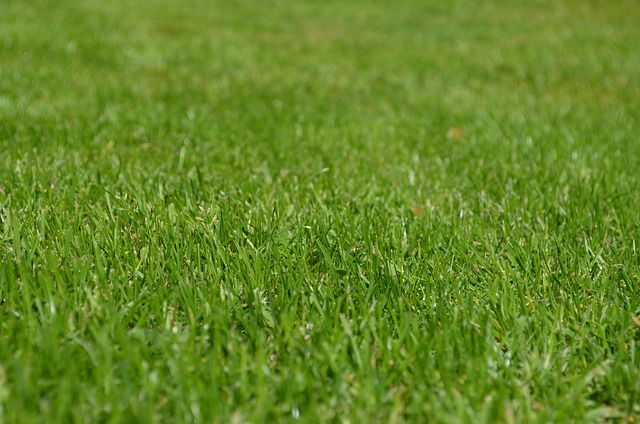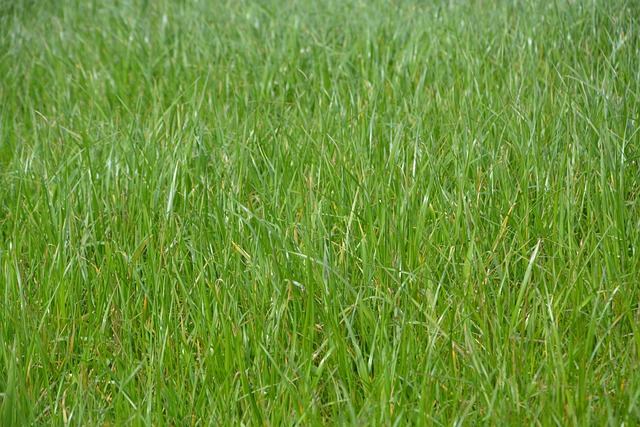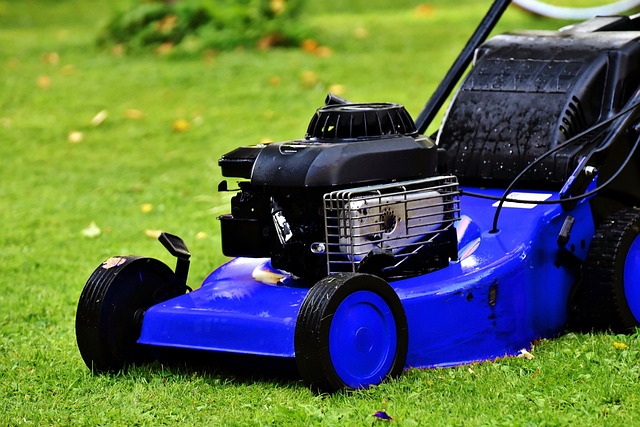Implementing efficient watering patterns, tailored to local climate and soil conditions, is crucial for successful industrial weed control along pipelines in Centennial. By optimizing water schedules based on grass needs, minimizing drought stress or over-saturation, and employing advanced herbicide applications, pipeline integrity and environmental safety can be ensured while maintaining a vibrant landscape. Case studies from various regions offer successful strategies, including targeted irrigation systems and regular inspections with eco-friendly herbicides, which can be adapted locally to enhance lawn aesthetics, preserve pipeline integrity, and contribute to sustainable urban land management.
In the pursuit of a lush, vibrant lawn, optimizing watering schedules is key. This article explores the intricate relationship between watering patterns and lawn health, providing insights into how strategic irrigation can prevent waste and promote robust growth. We delve into effective industrial weed control strategies for pipelines in close proximity to Centennial, highlighting comprehensive approaches that balance environmental stewardship with efficient water distribution. Discover best practices from real-world case studies, empowering you to make informed decisions for your lawn’s longevity.
- Understanding Watering Patterns and Their Impact on Lawn Health
- Industrial Weed Control Strategies for Pipelines: A Comprehensive Approach
- Optimizing Water Distribution Near Centennial: Case Studies and Best Practices
Understanding Watering Patterns and Their Impact on Lawn Health

Understanding watering patterns is key to maintaining a healthy lawn, especially in areas like Centennial where industrial weed control along pipelines is essential. Overwatering can lead to poor grass health and even encourage weed growth, making it crucial to optimize watering schedules. Different grasses have varying water requirements, and improper watering can result in drought stress or over-saturation.
By analyzing local climate data and soil types, you can determine the ideal frequency and duration for lawn watering. This knowledge allows you to create a tailored schedule that avoids both under and overwatering. For instance, during hot summer months, frequent but shorter waterings may be needed, while cooler seasons might require less frequent but deeper irrigations. Optimizing watering patterns not only promotes lush grass growth but also reduces the risk of water waste and supports effective industrial weed control measures in Centennial’s unique landscape.
Industrial Weed Control Strategies for Pipelines: A Comprehensive Approach

Maintaining a lush lawn around pipelines in Centennial requires a delicate balance, especially when considering industrial weed control. The area’s unique challenges demand a comprehensive approach to weed management that ensures both pipeline integrity and environmental safety. One effective strategy involves utilizing advanced herbicide applications tailored for challenging terrain. These specialized chemicals can effectively target and eliminate weeds without damaging the pipeline or surrounding ecosystem.
For optimal results, a systematic approach is essential. This includes regular inspections to identify weed growth patterns, followed by precise application of herbicides. By employing modern equipment and expert knowledge, industrial weed control teams can navigate the complex landscape near pipelines, addressing weed problems head-on. This proactive measure not only enhances the aesthetics of the lawn but also safeguards the pipeline’s structural integrity and minimizes environmental impact.
Optimizing Water Distribution Near Centennial: Case Studies and Best Practices

Optimizing water distribution for lawn plants in areas like Centennial requires a strategic approach, especially considering the challenges posed by industrial settings and weed control along pipelines. Case studies from various regions have highlighted successful strategies that can be adapted to suit local conditions. One notable practice involves implementing targeted irrigation systems that prioritize water delivery directly to plant roots, minimizing waste and reducing the risk of weed growth. These systems use advanced technology to monitor soil moisture levels and adjust watering accordingly, ensuring plants receive optimal hydration without overwatering.
Additionally, integrating industrial weed control methods along pipelines is essential for maintaining a healthy lawn. This includes regular inspections and targeted applications of eco-friendly herbicides to manage invasive species. By combining efficient water distribution with effective weed control, Centennial residents and landscapers can create lush, well-maintained lawns while preserving the integrity of underground pipelines. Such practices not only enhance the aesthetic appeal of properties but also contribute to sustainable land management in urban environments.
In conclusion, optimizing lawn plant watering schedules and implementing effective industrial weed control strategies, such as those used along pipelines near Centennial, are essential for maintaining lush grass and reducing water wastage. By understanding the impact of watering patterns on lawn health and adopting best practices from case studies, homeowners and professionals can create sustainable and vibrant outdoor spaces. These methods ensure a balanced approach to lawn care, promoting healthy growth while minimizing environmental impact.
